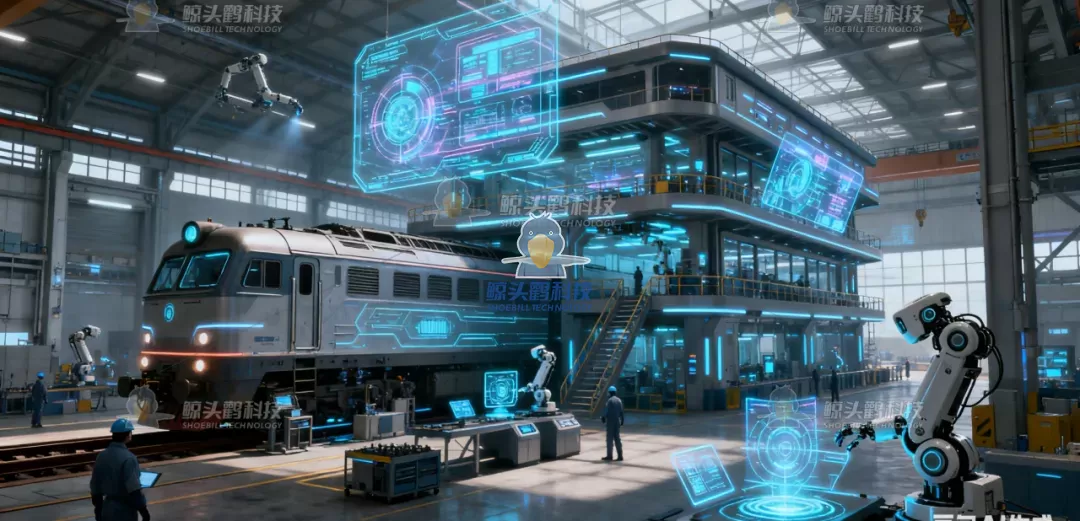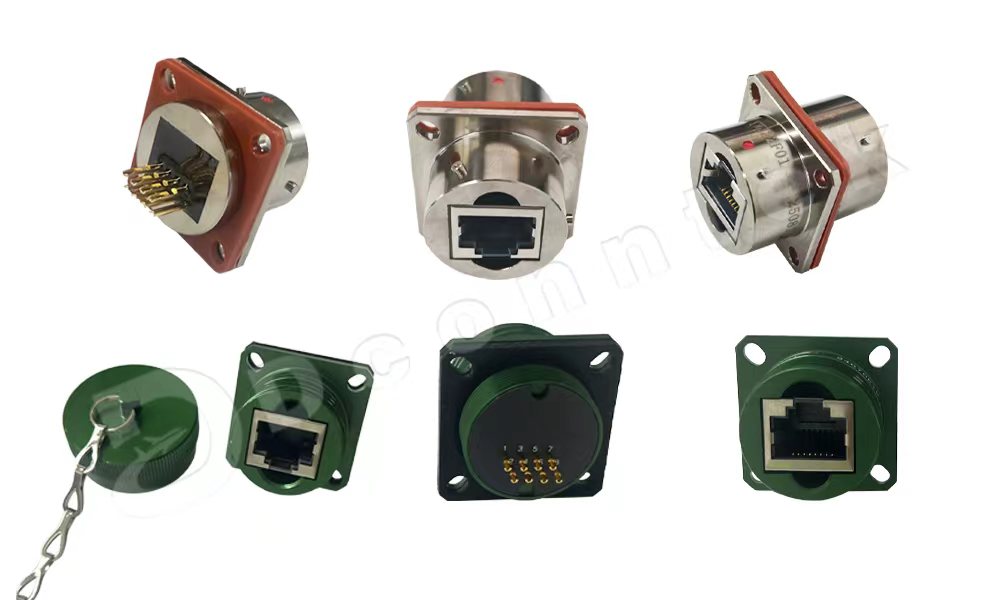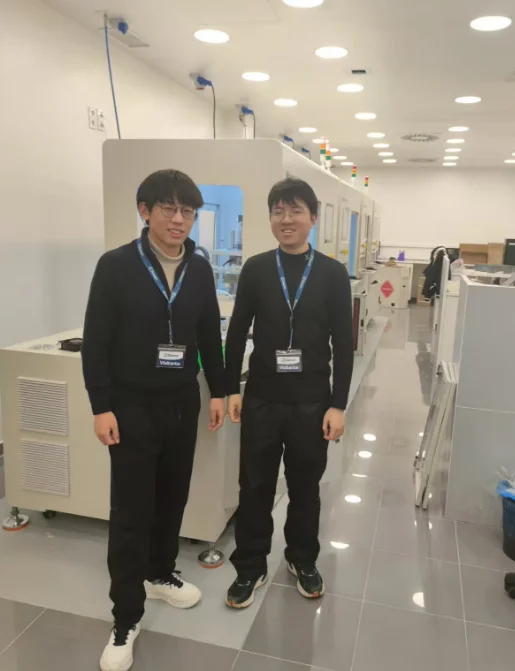In today’s fast-paced business environment, the design and functionality of an office space can significantly impact employee productivity, creativity, and overall job satisfaction. Selecting the right type of furniture is a crucial aspect of creating an effective workspace. This article delves into the various types of office furniture available, their benefits, and how they contribute to a conducive work atmosphere.
Understanding the Importance of Office Furniture
Before diving into specific types of furniture, it’s essential to understand why the right office furniture matters. Research indicates that ergonomic furniture can reduce the risk of musculoskeletal disorders, enhance comfort, and improve focus. Furthermore, a well-designed office can foster collaboration, creativity, and a sense of belonging among employees. Therefore, investing in quality office furniture is not merely a matter of aesthetics; it is a strategic decision that can yield long-term benefits for both employees and employers.
Key Types of Office Furniture
- Ergonomic Desks and Chairs
- Why They Matter: Ergonomic furniture is designed to support the natural posture of the body, reducing strain on the back, neck, and wrists. With the rise of remote work and flexible office arrangements, ergonomic desks and chairs have become essential.
- Benefits: Adjustable height desks allow employees to alternate between sitting and standing, promoting movement throughout the day. Ergonomic chairs with lumbar support help maintain proper spinal alignment, which can lead to increased comfort and productivity.
- Collaborative Workstations
- Why They Matter: In an era where teamwork and collaboration are paramount, the layout of office furniture can either facilitate or hinder communication among team members.
- Benefits: Collaborative workstations, such as modular desks and communal tables, encourage interaction and brainstorming. These setups can be easily reconfigured to accommodate different team sizes and project needs, fostering a dynamic work environment.
- Storage Solutions
- Why They Matter: Clutter can lead to distractions and decreased productivity. Effective storage solutions are vital for maintaining an organized workspace.
- Benefits: Filing cabinets, shelving units, and mobile storage carts help keep essential documents and supplies within reach while minimizing clutter. Additionally, aesthetically pleasing storage options can enhance the overall design of the office.
- Breakout Areas and Lounge Furniture
- Why They Matter: Breakout areas provide employees with a space to relax, recharge, and engage in informal discussions. The type of furniture in these areas can influence how effectively they serve their purpose.
- Benefits: Comfortable lounge chairs, sofas, and coffee tables create inviting spaces for employees to unwind or collaborate in a less formal setting. These areas can stimulate creativity and foster a sense of community within the workplace.
- Acoustic Furniture
- Why They Matter: Noise can be a significant distraction in open office environments. Acoustic furniture is designed to absorb sound and create quieter spaces.
- Benefits: Acoustic panels, privacy booths, and sound-absorbing furniture can help reduce noise levels, allowing employees to focus better on their tasks. This is particularly important in creative industries where concentration is key.
Factors to Consider When Choosing Office Furniture
When selecting office furniture, several factors should be taken into account to ensure that the choices align with the company’s goals and employee needs:
- Space Utilization: Assess the available space and how furniture can be arranged to maximize efficiency. Consider multi-functional furniture that can serve various purposes.
- Aesthetic Appeal: The design and color of furniture should reflect the company’s brand and culture. A cohesive aesthetic can enhance employee morale and create a welcoming environment for clients.
- Budget Constraints: While investing in quality furniture is essential, it’s also important to stay within budget. Look for durable options that offer a good balance between cost and quality.
- Sustainability: As businesses become more environmentally conscious, choosing sustainable furniture made from eco-friendly materials can enhance the company’s reputation and appeal to eco-minded employees.
Conclusion
Selecting the right type of office furniture is a multifaceted decision that goes beyond mere functionality. By investing in ergonomic, collaborative, and aesthetically pleasing furniture, companies can create a workspace that promotes productivity, creativity, and employee well-being. As the nature of work continues to evolve, so too should our approach to office design. Thoughtfully chosen furniture can transform an ordinary office into an inspiring environment that fosters innovation and collaboration, ultimately driving business success.


